Nestled within the heart of Cordoba, Spain, lies a captivating tapestry of history and cultural heritage: the Jewish Quarter and Alcazar of the Christian Monarchs. Like a hidden gem waiting to be discovered, this enchanting district and palace complex beckon visitors with their timeless beauty and intriguing stories.
Step into the past and wander through the labyrinthine streets of the Jewish Quarter, where the echoes of vibrant Jewish life still resonate.
Then, prepare to be awed by the grandeur of the Alcazar, with its majestic gardens and regal chambers.
As the secrets of these remarkable sites are unveiled, one can’t help but be drawn deeper into the spellbinding narrative of Cordoba’s past.
Good To Know
- The Jewish Quarter and Alcazar of the Christian Monarchs have a rich history and cultural significance, tracing back centuries and showcasing a blend of Islamic and Christian influences.
- The architecture and design of these sites are visually stunning, with Islamic-inspired geometric patterns, ornate archways, and beautiful tile work.
- Exploring the Jewish Quarter offers a unique opportunity to experience authentic traditions and discover hidden gems in its labyrinthine streets.
- The Alcazar, with its influence on Spanish royalty, magnificent halls and gardens, and fusion of cultural elements, is a treasure waiting to be discovered.
History and Significance
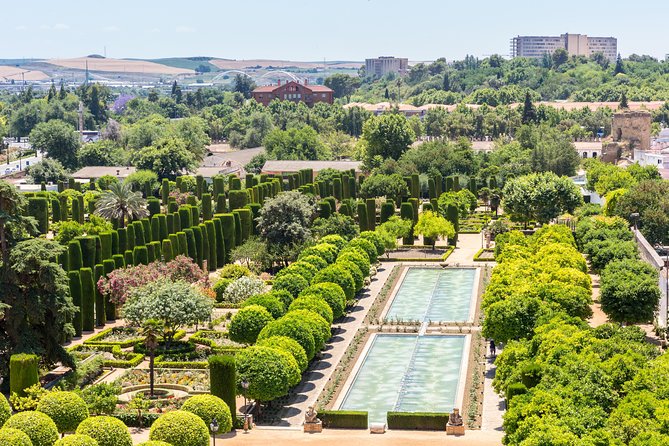
The history and significance of the Jewish Quarter and Alcazar of the Christian Monarchs can be traced back to centuries ago, making it a truly remarkable and culturally significant experience.
The impact and preservation of this historical site have been crucial in maintaining its cultural influences and heritage.
The Jewish Quarter, known as Juderia, was once a vibrant community during the medieval period, with narrow winding streets and beautiful architecture that still stands today. Its significance lies in its role as a testament to the coexistence of different religious and cultural groups throughout history.
The Alcazar of the Christian Monarchs, a fortress and palace complex, further adds to the cultural richness of the area. Its architecture reflects a blend of Islamic and Christian influences, showcasing the historical interplay between these two cultures.
Together, the Jewish Quarter and Alcazar provide a glimpse into the diverse and complex history of the region.
Find more activities and experiences we've covered in Cordoba.
Architecture and Design
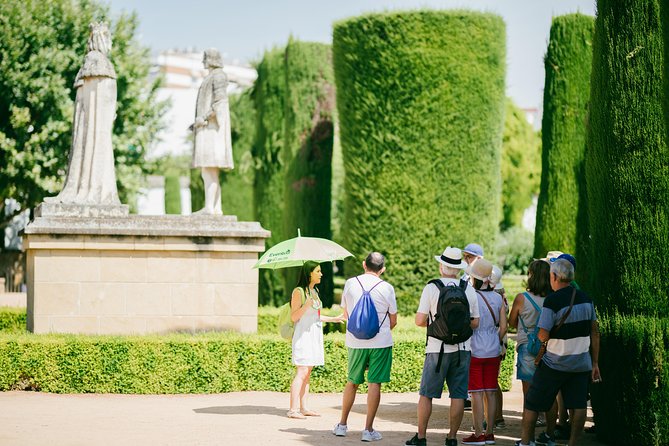
Moving from the rich history and significance of the Jewish Quarter and Alcazar of the Christian Monarchs, let’s now explore the captivating architecture and design that make this experience truly awe-inspiring. The architecture of the Jewish Quarter and Alcazar is a remarkable blend of Islamic influence and preservation efforts. The Islamic influence is evident in the intricate geometric patterns, ornate archways, and stunning tile work that adorn the buildings. The preservation efforts have ensured that the original structures and their unique features have been maintained over the years, allowing visitors to step back in time and appreciate the craftsmanship of the past. The combination of these elements creates a visually stunning atmosphere that transports visitors to another era. It’s a testament to the rich cultural heritage of the region and a must-see for anyone interested in history and design.
| Islamic Influence | Preservation Efforts |
|---|---|
| Geometric patterns | Maintaining structures |
| Ornate archways | Preserving unique features |
| Stunning tile work | Historical craftsmanship |
Exploring the Jewish Quarter
As you step into the Jewish Quarter, learn about the vibrant tapestry of history, culture, and tradition that fills the narrow streets and alleyways. Here are four reasons why exploring the Jewish Quarter is a must-do experience:
Rich Jewish Quarter culture:
The Jewish Quarter is a living testament to the rich cultural heritage of the Jewish community. From the beautiful synagogues to the quaint shops selling traditional crafts, every corner tells a story of resilience and identity.Authentic Jewish Quarter traditions:
Take a stroll through the lively markets and taste the flavors of traditional Jewish cuisine. Witness locals observing ancient customs and rituals, keeping alive the centuries-old traditions that have shaped their way of life.Architectural wonders:
Admire the stunning architecture that blends Jewish, Islamic, and Christian influences. Marvel at the intricate details of the buildings, adorned with symbolic motifs that reflect the multicultural history of the Jewish Quarter.Hidden gems:
Wander off the beaten path and discover hidden gems tucked away in the labyrinthine streets. From hidden courtyards to secret gardens, the Jewish Quarter offers surprises at every turn, inviting you to uncover its hidden treasures.
Exploring the Jewish Quarter is an opportunity to explore a world of captivating history, vibrant culture, and enduring traditions. Lose yourself in its enchanting atmosphere and create memories that will last a lifetime.
Highlights of the Alcazar
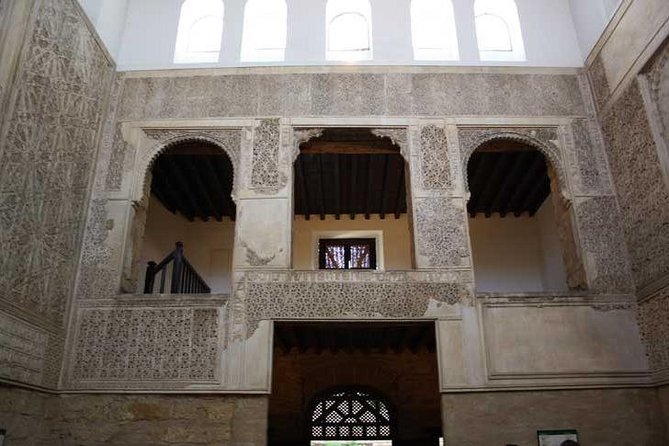
Now let’s turn our attention to the captivating highlights awaiting you at the Alcazar, where the splendor of history and architectural marvels come together in a breathtaking display.
The Alcazar’s influence on Spanish royalty is evident as you explore its magnificent halls and gardens. As you step inside, you’ll be transported back in time to the days when kings and queens walked these halls.
The Alcazar’s architecture is a true testament to the cultural fusion that took place during its construction. The intricate Moorish design elements blend seamlessly with Gothic and Renaissance influences, creating a unique and awe-inspiring atmosphere.
From the stunning Patio de los Naranjos to the majestic Salón de los Mosaicos, every corner of the Alcazar holds a treasure waiting to be discovered. Don’t miss the opportunity to witness the grandeur of this historic palace firsthand.
Gardens and Courtyards
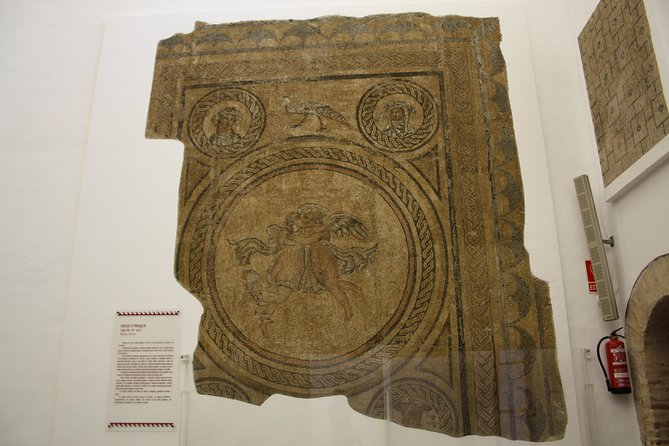
The Gardens and Courtyards of the Alcazar are a stunning oasis of natural beauty and tranquility, offering a picturesque retreat from the bustling city. Here are four reasons why these gardens and courtyards are a must-visit:
Impeccable Cultural Preservation: The gardens and courtyards have been meticulously preserved to showcase the rich history and cultural heritage of the Alcazar. Visitors can enjoy the beauty of centuries-old architecture and lush greenery.
Serene Atmosphere: As you wander through the gardens and courtyards, you’ll be greeted by the soothing sounds of flowing water from fountains and the fragrant scent of blooming flowers. It’s the perfect place to escape the noise and chaos of the city.
Breathtaking Views: From the gardens, you can enjoy panoramic views of the Alcazar and the surrounding landscape. The carefully designed pathways and lookout points offer stunning vistas that are sure to leave you in awe.
Relaxation and Recreation: The gardens and courtyards provide ample space for leisurely strolls, picnics, or simply finding a quiet spot to read a book. It’s a peaceful haven where you can unwind and recharge amidst nature’s beauty.
- Cordoba: Medina Azahara Museum and Archaeological Site Tour
- Córdoba: Medina Azahara 3-Hour Guided Tour
- Córdoba: Mosque-Cathedral, Synagogue and Alcázar Guided Tour
- Cordoba Mosque-Cathedral: Skip-the-Line Guided Tour
- Cordoba: Jewish Quarter and Mosque-Cathedral Guided Tour
- Mosque-Cathedral of Cordoba and Jewish Quarter Tour
Art and Decorations
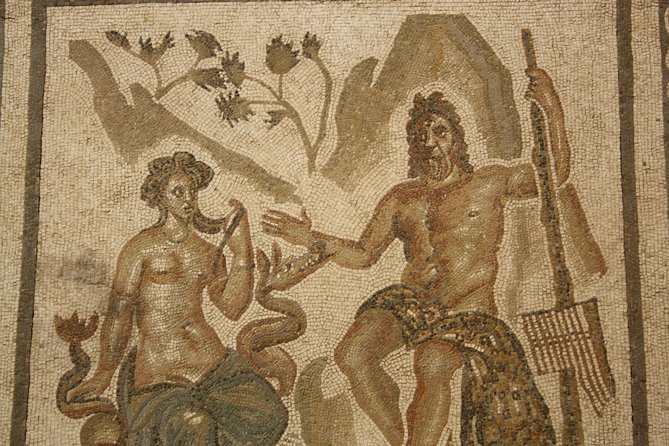
One cannot help but be captivated by the captivating art and exquisite decorations that adorn the Alcazar’s halls and chambers. Symbolism in art is prevalent throughout, with each piece telling a unique story and reflecting the cultural influences that have shaped the region. The art and decorations in the Alcazar are a testament to the rich history and diverse heritage of the Jewish Quarter and the Christian Monarchs who once resided here.
To provide a visual representation of these ideas, the following table showcases some of the notable art and decorations found in the Alcazar:
| Art and Decorations | Symbolism | Cultural Influences |
|---|---|---|
| Intricate tilework | Represents the interplay between mathematical precision and artistic expression | Influenced by Islamic and Moorish art |
| Elaborate carvings | Depict historical events and religious figures | Influenced by Christian and Jewish traditions |
| Vibrant tapestries | Depict scenes from everyday life and important events | Influenced by the artistic styles of the time |
These art and decorations not only enhance the visual appeal of the Alcazar but also provide a deeper understanding of the historical and cultural significance of this remarkable site.
Tips for Visiting
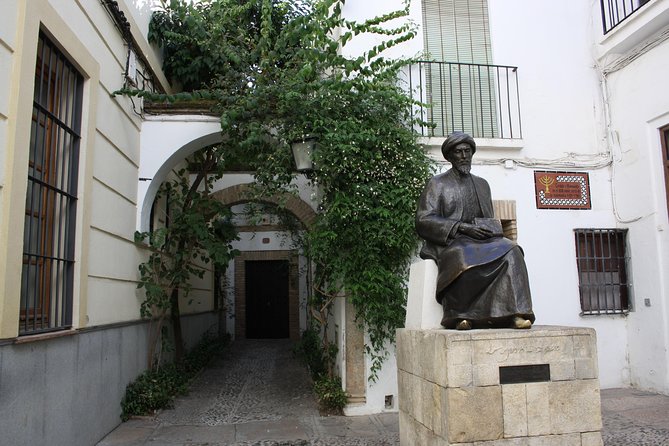
As you explore the captivating art and exquisite decorations of the Alcazar, it’s important to keep in mind some helpful tips for visiting this historical and culturally significant site.
Here are some dos and don’ts and local recommendations to enhance your experience:
- Do arrive early to avoid crowds and have a more peaceful visit.
- Don’t forget to wear comfortable shoes as there’s a lot of walking involved.
- Do bring a camera to capture the stunning architecture and beautiful gardens.
- Don’t miss the opportunity to explore the Jewish Quarter nearby for its charming streets and delicious local cuisine.
Common Questions
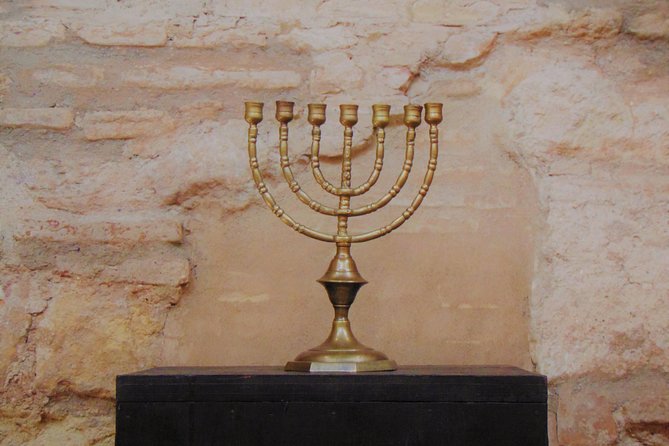
What Is the Best Time of Year to Visit the Jewish Quarter and Alcazar of the Christian Monarchs?
The best time to visit the Jewish Quarter and Alcazar of the Christian Monarchs is during the spring or fall when the weather is mild and the crowds are smaller. It’s a great opportunity to explore the rich history and culture of these sites.
Are There Any Guided Tours Available for This Experience?
Yes, guided tours are available for this experience. Some recommended tour operators offer informative and engaging tours of the Jewish Quarter and Alcazar of the Christian Monarchs. Visitors can explore the rich history and architecture with knowledgeable guides.
How Long Does It Take to Explore Both the Jewish Quarter and the Alcazar?
Exploring both the Jewish Quarter and the Alcazar usually takes around 2 to 3 hours. It is recommended to start at the Jewish Quarter, then follow the recommended route to the Alcazar for a seamless experience.
Are There Any Restrictions on Photography Inside the Alcazar?
Yes, there are restrictions on photography inside the Alcazar. This is due to the cultural significance of the Jewish Quarter and the need to preserve its historical integrity. Visitors are advised to respect these restrictions.
Can I Bring Food or Drinks Into the Gardens and Courtyards of the Alcazar?
Yes, visitors are allowed to bring food and drinks into the gardens and courtyards of the Alcazar. However, it is important to note that there may be restrictions on photography inside the Alcazar.
The Sum Up
As visitors explore the Jewish Quarter and Alcazar of the Christian Monarchs in Cordoba, Spain, they’re transported back in time to a world of rich history and architectural beauty.
From the narrow streets of the Jewish Quarter to the stunning gardens and courtyards of the Alcazar, these sites offer a captivating glimpse into the past.
Whether wandering through the white-washed houses or marveling at the grandeur of the royal chambers, a visit to Cordoba’s Jewish Quarter and Alcazar is sure to leave a lasting impression.
More Tour Reviews in Cordoba
Looking for something different? Other Cordoba activities we've written about
- Córdoba: Dutch Tour with Electric Bicycle
- Córdoba: Medina Azahara Guided Tour with Shuttle Bus
- Cordoba: Market Tour and Cooking Class with Natural Wines
- Córdoba: Jewish Quarter, Mosque, and Alcázar Tour
- Córdoba: Historic Center, World Heritage Site + Alcázar
- Córdoba: Historic Center, World Heritage Site
- Cordoba: Mosque-Cathedral E-Ticket with Audio Guide
- Córdoba: Guided Tour Medina Azahara at Dusk
- Córdoba: Guided tour in Spanish to the courtyards of Córdoba
- Cordoba: From Vine to Table: A Spanish Wine Experience
- Córdoba: Medina Azahara exclusive private tour
- CORDOBA: GUIDED VISIT TO THE MOSQUE-CATHEDRAL OF CORDOBA WITHOUT QUEUES SPANISH
